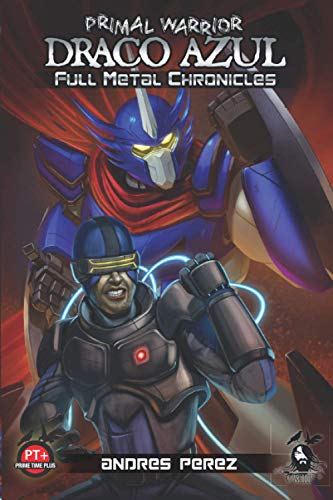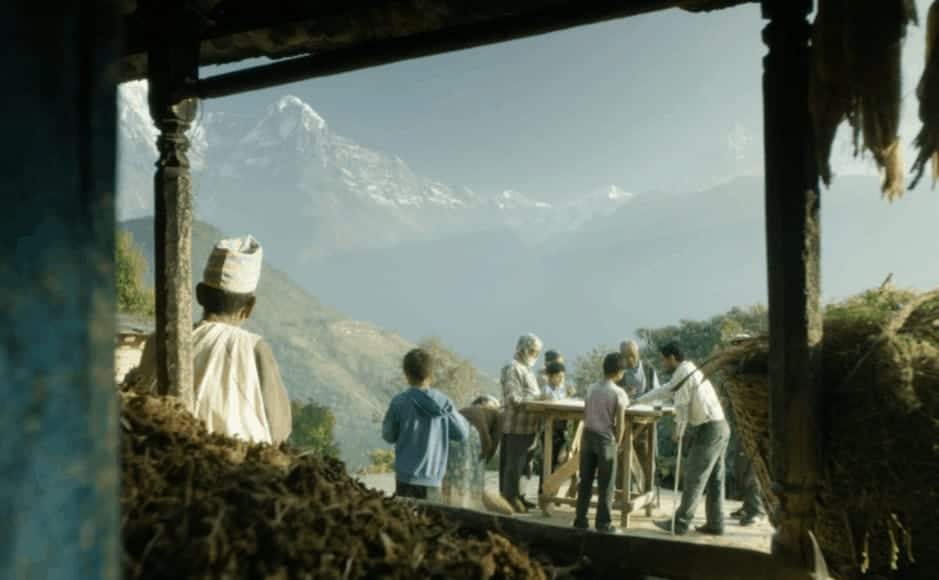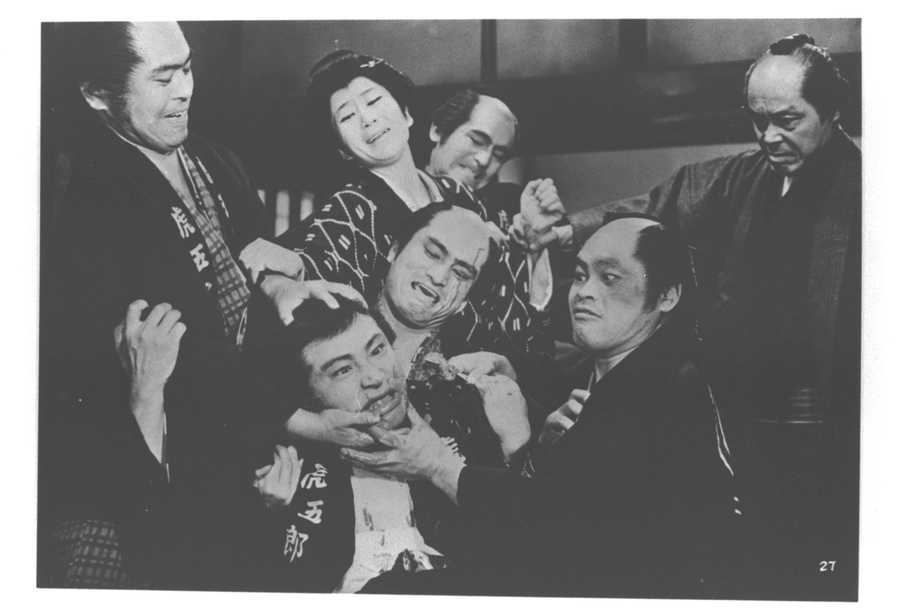The impact and influence of entertainment have been shown to further spawn an epiphany for creativity in the minds of the audiences observing. However, the motivation for formulating a piece of fiction goes beyond just making movies and tv shows. Imagination equally thrives in countless ways, such as the various forms of literature. The comic book industry has seen many people inspired by numerous renditions of media, giving way to folks creating their own forms of storytelling through writing and artwork. Beyond that, with the world being so unique and diverse, many comic writers have taken the opportunity to implement aspects that give their stories more layers to them. In the case of the comic series “Primal Warrior Draco Azul,” we have a successful blend of vibrant spectacle with immersive worldbuilding.

The mecha's creation originates from the mind of writer Andres Perez who conceived the character with his friend Dillion McCandless. Perez's creative liberties began with a presence on the video-sharing platform YouTube with the channel “KaijuNoir,” primarily centering content around spotlighting various aspects of Japanese entertainment, such as tokusatsu and anime. Several videos often revolved around the topic of giant robot media. Examples include descriptive video essays detailing the history of the long-running military fiction franchise “Mobile Suit Gundam”. Eventually, through the influence from favorite media pieces, along with his cultural background, he would create a fictional character that would go on to spawn an ongoing comic-book series while also being a dedication to influential creators like Yoshiyuki Tomino, Go Nagai, Ken Ishikawa, and Mitsuteru Yokoyama.
The story is that Mexico suffers continuous bad luck, with giant monsters arriving and causing destruction. Where they came from and why the kaiju are attacking is unknown, but what is known is that more are showing up with the passing months. Yet, hope is rejuvenated by the presence of a giant savior, a mech named Primal Warrior Draco Azul. A reluctant but caring Eric Martinez pilots the metal titan while receiving guidance from the robot's mystical AI, Ekchuah. It is said the machine was an advanced creation passed down to the Maya civilization by entities beyond Earth, as a protector. With each issue, the psychology of the lead is examined, more characters are introduced, and the lore of Draco Azul is further explored as more gargantuan foes appear.
Granted, there is a quite familiar story here. A hesitant but good-hearted hero with the guidance of a wise mind trying to save humanity against an imposing threat. However, there is more to this narrative. Initially, readers are given tidbits of who Eric Martinez is in the first issue, the enthusiastic hero. As the story carries on, readers get to learn more about his personality and how his destiny has essentially been burdened upon him, with issue three going into great detail about his backstory and how he became the destined pilot of Draco Azul. Despite the huge responsibility of fighting off kaiju, readers are reminded that at the end of the day, Martinez is a human being with his own desires in life, often reflecting on returning to simpler times as a teacher. Yet, his humanity comes through with the sacrifices he makes and seeing the good he has done for the people around him, such as seeing how the ancient robot has become an idolized figure in the country and even has festivals dedicated to it. More of his humanity also shines through his interactions with Ramona, another headstrong character that is introduced in the second issue.
Like many of its tokusatsu influences, “Primal Warrior Draco Azul” cleverly integrates cultural elements into its narrative, including language, practices, and history. With the overarching story primarily set in Mexico, Andres Perez takes the opportunity to incorporate many of the country's unique aspects for worldbuilding, right down to a more authentic visual presentation of the locale, compared to how it is often depicted in media nowadays. There is a subtle inclusion of the celebrated holidays and festivals and various traditions. Language is nicely used within the story. In the same vein that monsters in Japanese media are referred to as “kaiju,” which translates to “strange beast,” the monsters here are referred to as “Diablos,” which is Spanish for “devil.” The idea that the giant robot was a gift to the ancient Maya civilization from extraterrestrial beings is a clever one, considering this historical period was known for sophisticated achievements and a great sense of spiritual practices and worship.
Speaking of influences, there is a lot of love present for various forms of Japanese entertainment. For starters, Andres Perez has spoken highly of monster movies such as “Ghidorah, the Three-Headed Monster” and “Gamera: Guardian of the Universe.” The guardian protector fighting off giant beasts is very reminiscent of the beloved and celebrated “Ultraman” franchise. Then there is the clear admiration for giant robot manga/anime such as “Getter Robo” and “Mobile Suit Gundam.” Beyond all this, there are even subtle nods to other independent comic book artists that share a love for monster movies such as Keith Foster, Garayann, and Frankie B Washington.
Fans of tokusatsu and anime will certainly be entertained by the visual spectacle of “Primal Warrior Draco Azul.” The action is spectacular and there is a great sense of scope captured with the imagery. Even with the experience being conveyed by reading a comic, the monsters, and the title robot feel massive. It also doesn't hurt that their designs are spectacular. The design of Draco Azul alone is a highlight.
The artwork of “Primal Warrior Draco Azul” is fantastic. For starters, the covers for each separate issue do a great job of giving first impressions of what to expect upon reading, thanks to superb work by Jeff Zornow, whose contributions also include cover and interior work for numerous IDW “Godzilla” comics. Within the stories is commendable work by indie illustrator Tyler Sowles, presenting the world cinematically with a pristine, crisp art style and giving the monsters and the title machine visual vibrancy. The other essential component of the aesthetics is the beautiful coloring by Ed Pirrie, whose work as an illustrator/colorist includes participation in IDW's “Transformers” series. Readers are also treated to a nice gallery of various depictions of Draco Azul at the end of each issue. Issue one, for example, features renditions by artists such as John Bellotti Jr. and the late Christopher Martinez.
Beyond comic books, the title mech has flourished in prose, starting with “Primal Warrior Draco Azul: Full Metal Chronicles.” Furthermore, the franchise would even peer away from its usual upbeat tone. The writing collaboration between Andres Perez and Ace Marrok with “Primal Warrior Draco Azul: Soulless Blood” gives the series a darker edge, with horror elements injected into the mix. The stories are well-written while successfully painting a picture of the universe within the reader's mind, even without panels of art.
There is much to get out of “Primal Warrior Draco Azu.” Comic fans are treated to spectacular action and a strikingly designed mech. Yet, they are also rewarded with an endearing celebration of renowned fictional media. Furthermore, readers will be drawn in by immersive worldbuilding and compelling character development.
















